Cornhole is a beloved outdoor game that has gained immense popularity across various age groups and gatherings, from backyard barbecues to competitive tournaments. Its simple rules and engaging gameplay make it a favorite pastime for family and friends. A dedicated scoreboard enhances the enjoyment by providing an easy way to keep track of points, thereby adding a competitive edge to the game.
This article will cover how to make a cornhole scoreboard, detailing the necessary materials and tools, the design process, preparing the wood, painting and decorating the scoreboard, as well as installation tips. By following these steps, you can create a functional and visually appealing scoreboard that brings even more fun and organization to your cornhole matches.
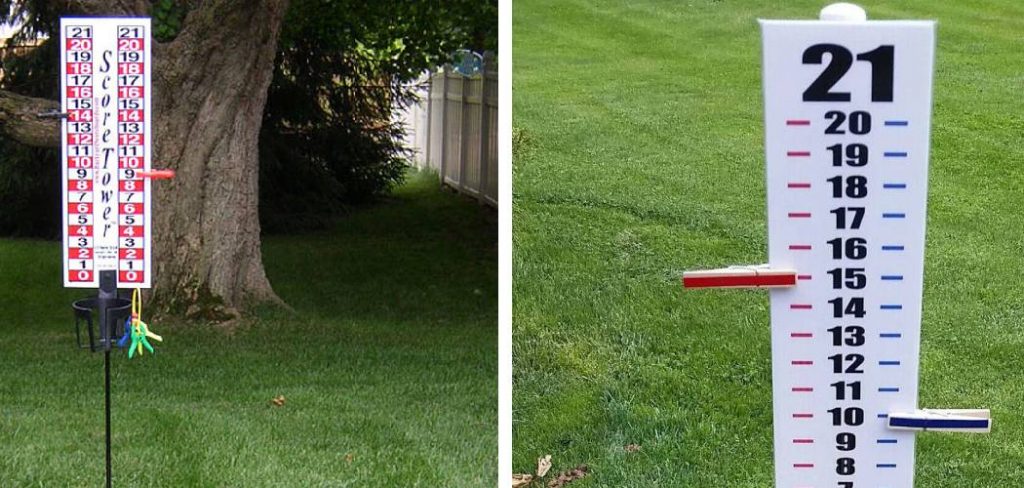
Materials and Tools Needed
To create your cornhole scoreboard, you will need the following materials and tools:
Materials:
- Wooden board
- Paint (for base coat and decorative details)
- Markers or vinyl numbers
- Hooks or clips (for score markers)
Tools:
- Saw (for cutting the wooden board)
- Sandpaper (for smoothing edges)
- Paintbrushes (for applying paint)
- Drill (for attaching hooks or clips)
- Measuring tape (for accurate measurements)
Optional Materials:
- Chalkboard paint (for a reusable scoreboard)
- Chalk (for writing scores)
- Stencils (for consistent designs)
- Decorative elements (such as stickers or decals) to personalize your scoreboard.
Designing the Scoreboard
Choosing the Size and Shape
When embarking on the journey of designing your cornhole scoreboard, the first step is determining the appropriate size and shape. This choice should consider the playing area and visibility needs, ensuring everyone can easily see and read the scores from a distance. Rectangular designs are most common, providing ample space for scores and team names, while square shapes can offer a more compact option.
Additionally, consider themed designs that align with your cornhole boards or team colors, such as playful shapes or unique aesthetics, to create a cohesive and engaging look.
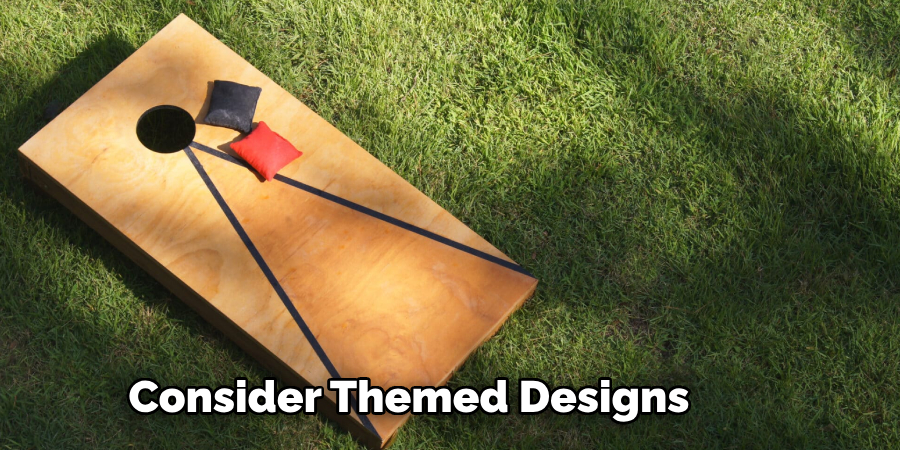
Planning the Layout
Once you have settled on the size and shape, the next step is planning the layout of your scoreboard. Begin by sketching a clear design with distinct sections for team names and score tracking. Visualize how you want to position each component to maximize space usage while maintaining readability. It’s crucial to ensure that numbers are sized appropriately and spaced evenly for clarity. Decorative elements should complement the overall design without detracting from the functional areas. A well-thought-out layout enhances your scoreboard’s appearance and contributes to a smoother gameplay experience.
Preparing the Wood
Cutting the Wood
To begin preparing your cornhole scoreboard, measure the dimensions you determined during the design phase. Use a measuring tape to mark the desired length and width on the wooden board. With a saw, carefully cut along the marked lines to achieve the correct size and shape. It’s essential to ensure that your cuts are straight and clean, as this will affect the overall appearance of the scoreboard. After cutting, examine the edges to make sure they are smooth and even; any rough edges may interfere with the finishing touches or pose a safety hazard during use.
Sanding the Surface
Once the wood is cut to size, the next step is to sand the surface. Using medium-grit sandpaper, gently sand the entire board to eliminate any splinters or rough areas, creating a smooth surface ideal for painting. Pay extra attention to the edges where splinters are most likely to form. After sanding, it’s crucial to wipe away all dust and debris to ensure a clean painting surface. A clean, damp cloth works perfectly for this task, helping to lift any remaining particles and preparing your board for the next steps in the scoreboard creation process.
How to Make a Cornhole Scoreboard: Painting and Decorating the Scoreboard
Applying a Base Coat
With your cornhole scoreboard prepared and sanded, it’s time to start the painting process. Begin by choosing a base coat color that complements your cornhole boards and suits your personal style. Using a paintbrush, apply a generous layer of this base coat evenly across the entire wooden surface, ensuring full coverage for a polished look.
Pay close attention to the edges and corners where paint might be easily missed. Allow the base coat to dry completely, as this is crucial to avoid smudging or mixing colors when you add your designs and details. Depending on your chosen paint, this could take a few hours, so be patient.
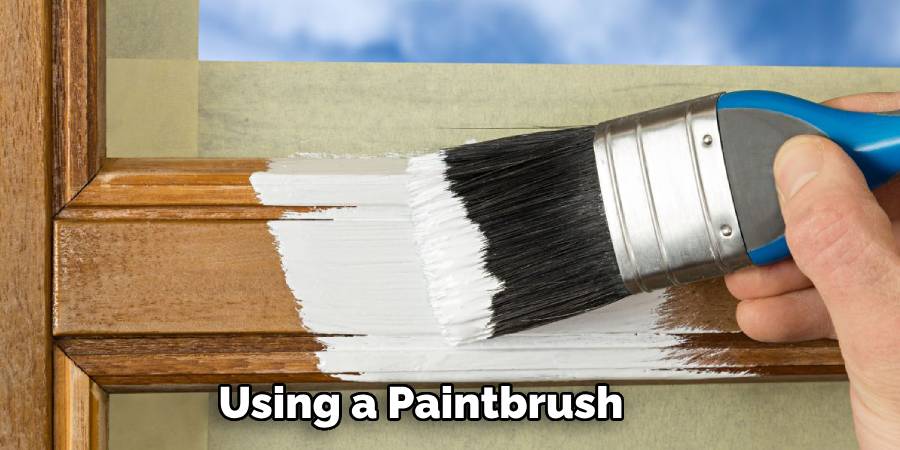
Creating the Score Sections
Once the base coat has dried, it’s time to define the sections for your scoreboard. Begin by using painter’s tape to mark where you want to place the team names and score columns, ensuring that they are evenly spaced and aligned. Create a grid layout that outlines the areas for each team, leaving room for labels like “Team A” and “Team B” prominently displayed at the top of their respective columns.
This step is critical for aesthetics and functionality, as clear sections help players quickly see who they’re competing against and keep track of scores. Next, using paint or markers, fill in these sections with your desired colors, ensuring that the contrast with the base coat is high enough for easy readability. If you’re feeling creative, you can use stencils for the labels or freehand the names to give a personal touch to your scoreboard.
Adding Decorative Details
Once the score sections are clearly delineated, consider adding decorative elements that reflect your personality or the theme of your cornhole match. This could include motifs like sports symbols, your favorite team’s logo, or even fun graphics related to summer outings or backyard fun. If you’re using paint, lightly sketch your designs in pencil before applying color, allowing for adjustments before reaching for the paintbrush. When using markers, opt for permanent, weather-resistant types to ensure that your designs withstand outdoor conditions and remain vibrant over time.
Additionally, consider applying a coat of clear sealant to protect the painted surface from scratches and weather elements, especially if you plan to leave the scoreboard outside. This coating will help preserve the colors and designs you’ve worked hard on, allowing your scoreboard to look fresh game after game. Finally, let your scoreboard dry completely before installing it in your desired location, ensuring that all elements are secure and intact for the fun-filled cornhole games ahead. With your personalized scoreboard complete, you can now track scores in style, enhancing the competitive spirit of your cornhole matches.
How to Make a Cornhole Scoreboard: Installing Hooks and Clips
Choosing Hooks and Clips
When installing your cornhole scoreboard, selecting the right hooks and clips is essential for functionality. Look for sturdy options like clothesline clips or small metal hooks that can securely hold score markers without bending or breaking during gameplay. Consider weather-resistant materials if your scoreboard will be used outdoors, as this will help maintain durability over time. Ensure that the chosen clips or hooks are easy to use, allowing players to quickly update scores without hassle.
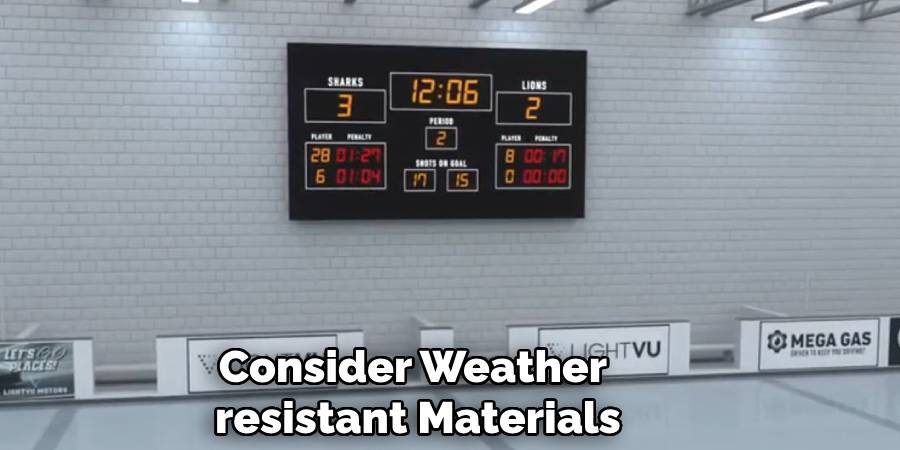
Attaching Hooks and Clips
To attach the hooks or clips, begin by accurately measuring and marking their placement beside each score number on your scoreboard. The spacing should be consistent to maintain a neat appearance while allowing easy access for scoring. Once marked, drill small holes where you’ll be securing the hooks or clips. For clips, ensure they are placed at a comfortable height for players. Insert the hooks or secure the clips using screws, and tighten them well to guarantee that they will remain in place during games, allowing for smooth operation and score tracking.
Creating Score Markers
For the score markers, consider using small wooden pieces, bottle caps, or any small objects that can easily hang on the hooks or clips. Personalize these markers by painting or labeling them with distinctive colors or symbols for each team, ensuring clear visibility during competitive play.
Mounting and Using the Scoreboard
Choosing a Location
Selecting the ideal location for your cornhole scoreboard is crucial for both visibility and safety. Aim to position the scoreboard near the playing area, ensuring that it is clearly visible to all players. A spot that faces the players while being shielded from direct sunlight will help maintain the scoreboard’s readability during games.
Additionally, consider accessibility; the scoreboard should be placed at a height and distance that allows players to update scores easily without moving around too much. Finally, ensure the location is safe from stray bean bags to prevent any damage to the scoreboard or injuries to players.
Mounting the Scoreboard
Once you’ve selected the perfect spot, it’s time to securely mount your scoreboard. Depending on your setup, you can use screws, nails, or high-strength adhesive strips to ensure stability. If opting for screws or nails, make sure to drill pilot holes to avoid splitting the wood. Carefully position the scoreboard to ensure its level, using a spirit level for accuracy. If you’re using adhesive strips, ensure both the wall and the back of the scoreboard are clean and dry for maximum adhesion. After mounting, give it a gentle shake to confirm its stability, ensuring it’s secure enough to withstand the excitement of your cornhole matches.
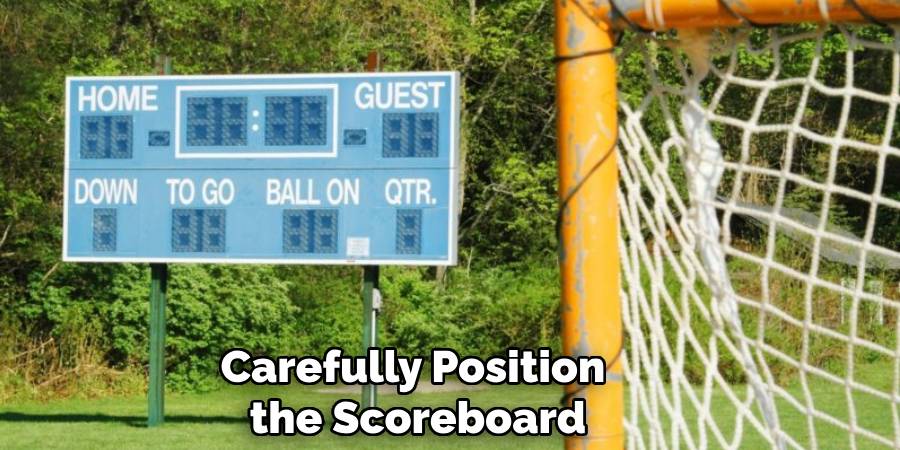
Maintenance and Tips
To keep your cornhole scoreboard in excellent condition, it’s crucial to regularly wipe it down with a soft cloth to keep it clean and dust-free. Touch up the paint and numbers to ensure clarity and visibility during your matches. When not in use, store the scoreboard in a dry place to prevent weather-related damage, preserving its functionality and aesthetics for future games. Additionally, inspect the hooks and clips regularly to ensure they remain securely attached and are functioning properly.
Conclusion
In summary, creating a cornhole scoreboard involves a series of enjoyable and engaging steps, including designing, preparing the wood, painting, decorating, and installing hooks and clips. Each phase allows for personal creativity and customization, culminating in a scoreboard that not only tracks scores efficiently but also enhances the overall atmosphere of your cornhole matches. By following these steps, you add both fun and organization to your games, ensuring a memorable and competitive experience for all players involved.
About the Author
Adrian Green, a lifelong woodworking enthusiast, shares his passion for the craft through The Woodenify Blog. With a foundation built on years of hands-on experience in his father’s woodworking shop, Adrian is dedicated to helping others learn and grow in the world of DIY woodworking. His approach to woodworking combines creativity, practicality, and a deep appreciation for the art of building with your own hands. Through his blog, he inspires individuals of all skill levels to embark on their own woodworking journeys, creating beautiful, functional pieces of furniture and décor.
Professional Focus
- Specializes in DIY woodworking projects, from furniture to home décor.
- Provides step-by-step guides and practical tutorials for woodworkers of all skill levels.
- Dedicated to helping readers build confidence and skill through easy-to-follow instructions and tips.
- Passionate about fostering a community of makers who can share, learn, and grow together.
Education History
- University of Craft and Design – Bachelor of Fine Arts (BFA) in Woodworking and Furniture Design
- Woodworking Apprenticeships – Extensive hands-on training with skilled craftsmen to refine carpentry and furniture making techniques.
- Online Courses & Masterclasses – Continued education in advanced woodworking techniques, design principles, and specialized tools
Expertise:
- DIY woodworking, carpentry, furniture making, and home décor projects.
- Creating accessible tutorials and guides for beginner to advanced woodworkers.
- Sharing the joys and satisfaction of woodworking, from raw materials to finished products.
